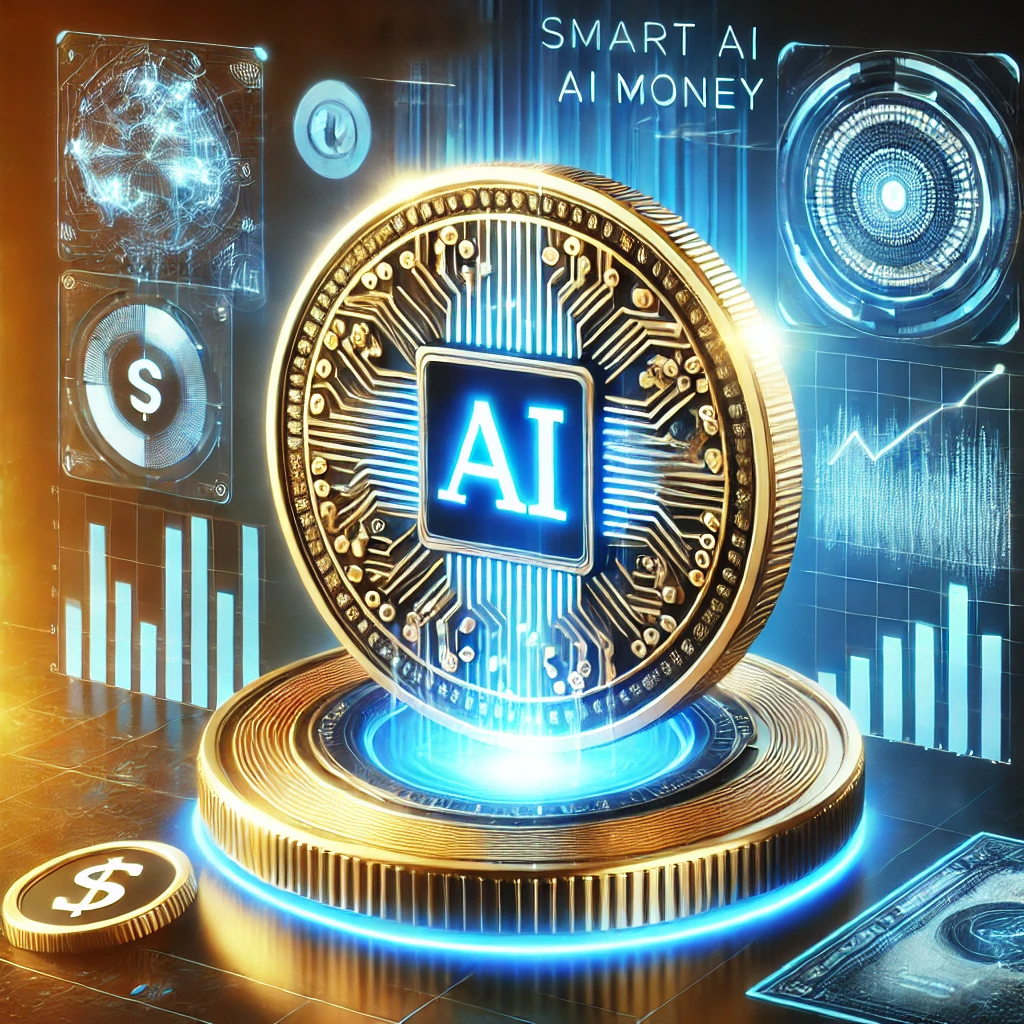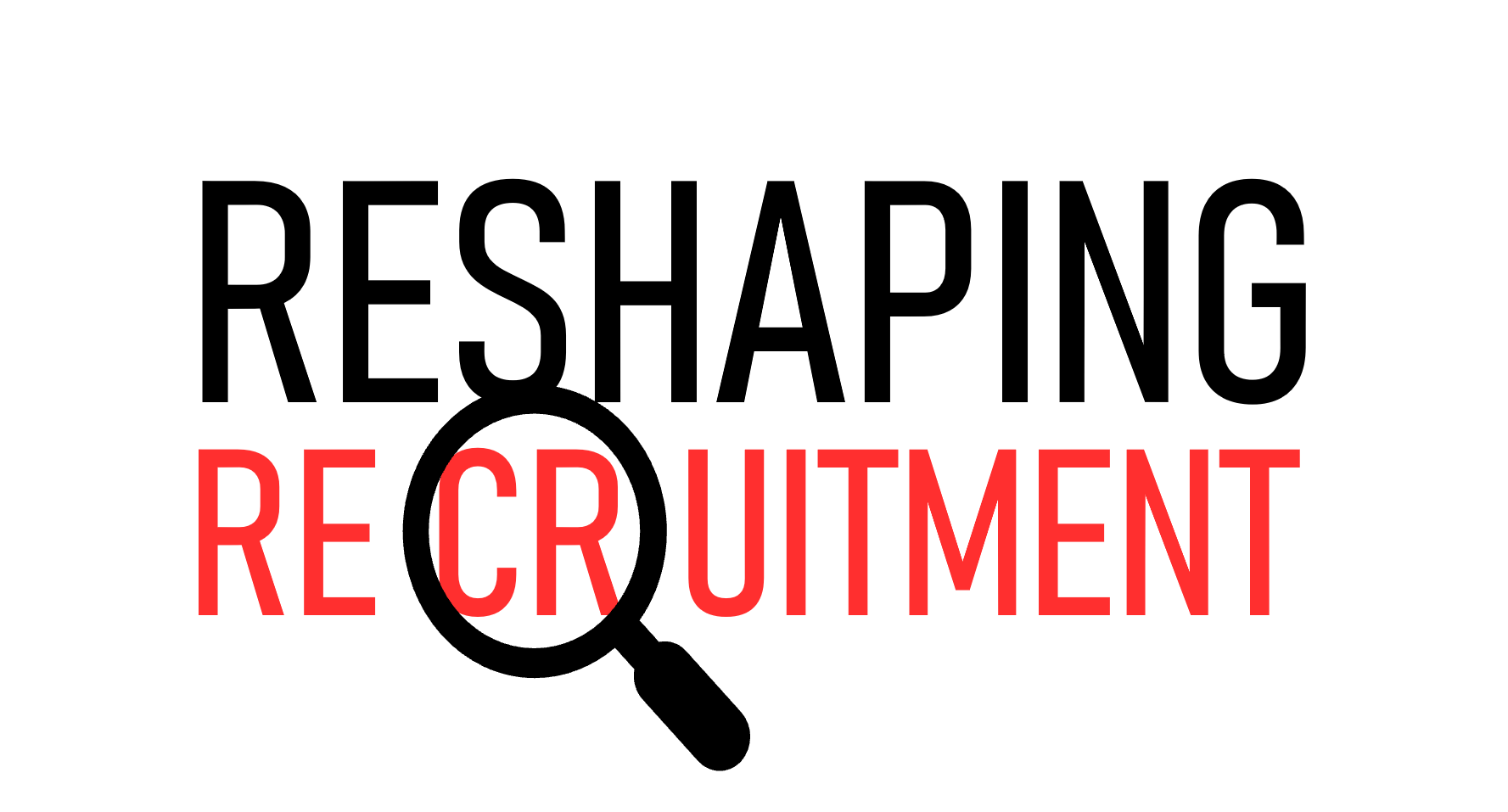
The Smart AI Money Is Moving To Software
The Smart AI Money Is Moving To Software
I've been watching a fascinating shift in the AI investment landscape. After the 2023 chip stock euphoria led by Nvidia's spectacular rise, investors are quietly redirecting their capital toward AI software solutions. This isn't surprising to those of us who understand the natural evolution of technology implementation cycles.
The numbers tell a compelling story. The Philadelphia SE Semiconductor index has dropped 5.6% this year. Even AI chip companies like Nvidia has fallen nearly 13% from its peak. Meanwhile, software companies like Atlassian, CrowdStrike, Palantir and Cognizant have rallied impressively.
Follow the money and you'll see where sophisticated investors are placing their bets. The AI-driven software sector, represented by the iShares Expanded Tech-Software ETF has attracted over $1.87 billion this year through February alone. During the same period, chip-focused ETFs like iShares Semiconductor and VanEck Semiconductor have each experienced outflows exceeding $1 billion.
Why The Pendulum Is Swinging
In my two decades working with businesses implementing new AI recruitment automation technologies, I've observed this pattern repeatedly. The initial excitement focuses on the enabling infrastructure – the chips, in this case. Investors rush to companies building the AI computational foundation.
Then reality sets in.
Companies discover that having powerful AI recruitment techonology solves only part of the equation. The harder challenge – and ultimately the greater value creation – comes from implementing AI effectively through AI-powered workforce planning that deliver real business outcomes.
This mirrors what I've seen implementing my Hybrid AI Workforce approach with clients. The technology itself is just a sophisticated tool. The true value emerges from how you implement it within your specific AI-driven hiring context.
Infrastructure vs. Implementation
AI chip companies face a fundamental challenge: they must continuously invest massive capital to develop next-generation hardware while maintaining rapid growth rates that justify their valuations. There are physical and financial limitations to this model.
AI-powered hiring platforms, by contrast, can scale with less capital intensity. They create value by solving the implementation challenges that every business faces when adopting AI. These challenges aren't primarily about computational power – they're about effectively integrating AI-driven workforce planning into existing processes, workflows, and systems.
I've spent years helping companies navigate precisely these AI hiring automation implementation challenges. The hardware enables, but the AI recruitment solutions delivers.
What This Means For Your Business
This market shift offers valuable insights for business leaders implementing AI hiring strategies:
First, recognize that competitive advantage doesn't come from having access to the same AI hiring automation chips as everyone else. The differentiation happens in implementation – how effectively you integrate AI-driven talent acquisition into your specific business processes.
Second, focus on the human-AI interface. My work implementing AI driven hiring in recruitment and sales has consistently shown that successful outcomes depend on creating the right balance between human judgment and AI-powered automation – what I call the Hybrid AI Workforce approach.
Third, prioritize AI-powered workforce analytics and AI-driven optimazation over raw computational power. The companies seeing the greatest AI hiring ROI aren't necessarily those with the most powerful chips, but those who have thoughtfully integrated AI into their operational DNA.
The Long View
This isn't to suggest chip stocks won't recover or remain important. The AI computational foundation remains essential. But investors are recognizing what AI-driven hiring professional already know: long-term value creation happens at the application layer.
Having guided numerous organizations through AI recruitment transformation, I've observed that implementation expertise ultimately becomes more valuable than the technology itself. This is why investors are shifting toward AI powered recruitment techonology companies that solve the real-world challenges of making AI operational.
The market is simply recognizing what those of us implementing AI hiring automation have known all along: AI hiring soulations enable the AI revolution, but AI-driven workforce planning is where it delivers on its promise.
The companies that will thrive – and the investments that will outperform – are those focused not just on raw AI capability, but on translating that capability into tangible business outcomes through thoughtful implementation. That's not just an investment thesis – it's the difference between AI-driven talent acquisition as an interesting technology and AI as a transformative business force.Click here to transform your business

